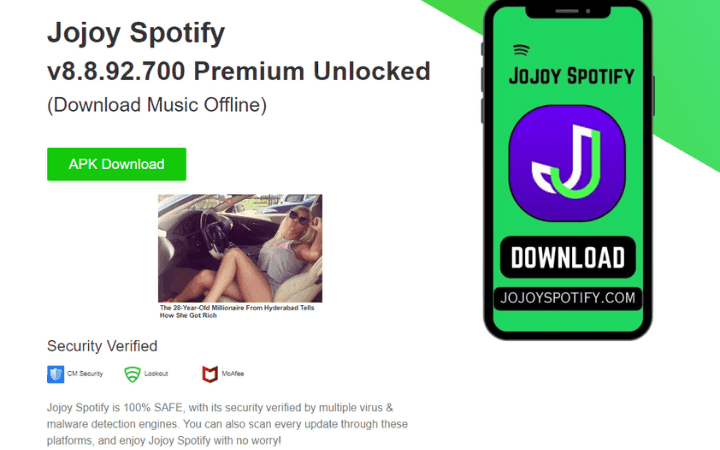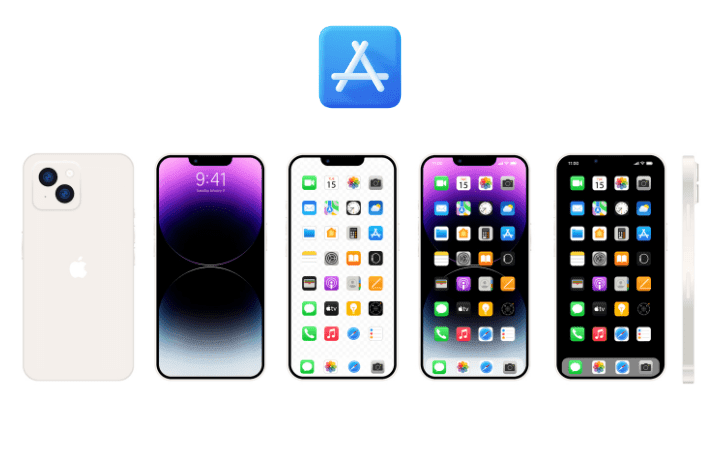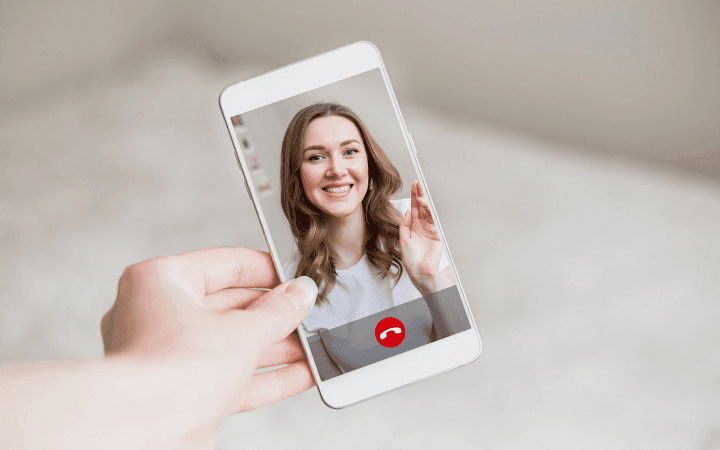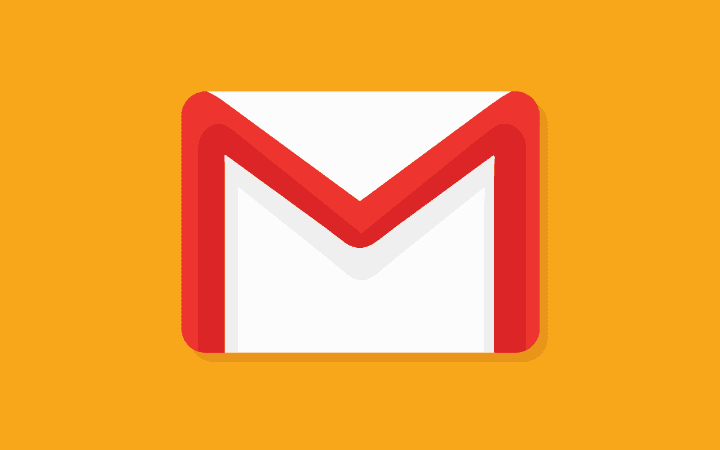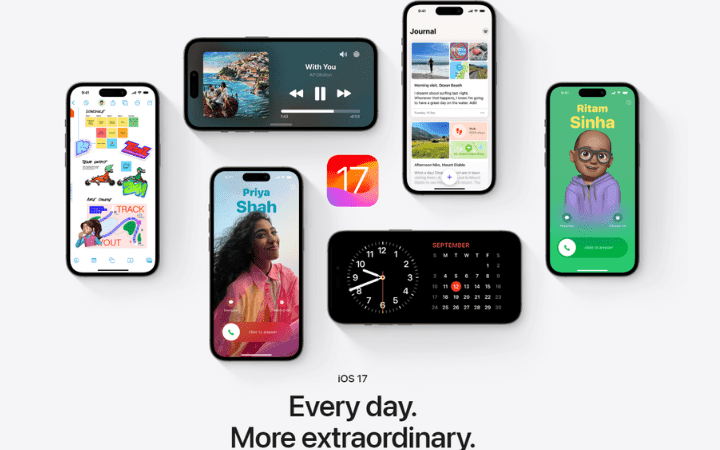Google Duo: How The Video Calling App Works
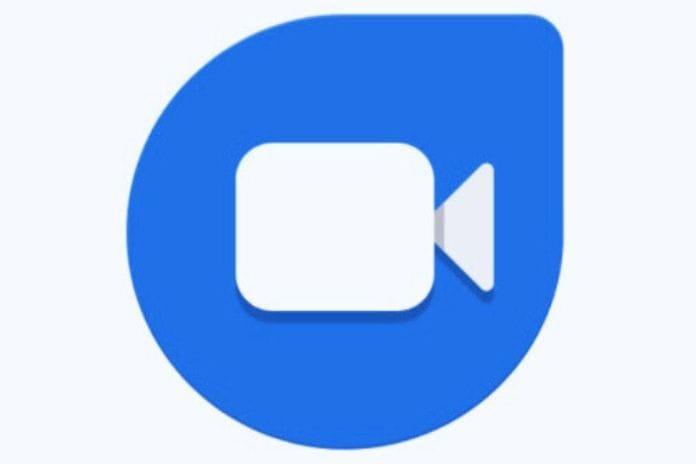
Google Duo is an app compatible with Android and iOS devices and web browsers that has conquered boundless success. Google has never had great success with instant messaging apps, so much so that the Mountain View company recently invested in Messages, the app that until now has been used to manage SMS and MMS, which have long since passed “by the wayside.” Google Messages will soon embrace the RCS ( Rich Communication Services ) protocol.
Regardless of the accession of telecommunications operators, the application will allow you to send and receive messages rich in content and multimedia files using mobile phone networks when possible but also data networks and WiFi connections: RCS, the evolution of SMS will be supported directly by Google. On the video conferencing side, while Hangouts hasn’t managed to “breakthrough,” Google has succeeded with business solutions ( Meet and Chat ) but, above all, with the Duo app.
Google Duo has exceeded one billion downloads from the Play Store and has quickly become one of the users’ most used and appreciated applications. In the article Videoconferencing, how to organize it with Google services, we examined the entire Google offer for making video calls privately and professionally, pointing out the main differences between the various services.
What Makes Google Duo Different From Its Competitors
Many advantages have allowed Google Duo to become a successful application quickly. In the first place, Team is a cross-stage application: unlike Apple FaceTime, which is just viable with iOS gadgets, Google’s proposition chips away at Android, iOS, and any internet browser. To utilize Google Team, you need a scratch pad or convertible with an underlying mouthpiece and camera.
Furthermore, Duo is very simple to use: it is sufficient to use any mobile telephone number, but you can also use Google accounts. You can even test Duo by initiating a call while logged in to your Google account on a desktop PC or notebook: other devices will indicate the incoming call. The application also integrates a solid algorithm for dynamic optimization of the quality of audio and video conversations.
Duo automatically adapts the stream transmitted over the network depending on the available bandwidth. Furthermore, it can maintain communication by switching from one network to another, for example, from home or office WiFi to a mobile network. As a resolution, Google Duo makes 720p calls by default, with the data stream being suitably compressed using a mix of open-source technologies and proprietary standards such as WebRTC.
Moreover, it embraces start-to-finish encryption, so the data traded between the conversationalists can’t be adjusted in any capacity during the excursion. Google Team permits you to get and settle on video decisions (from 2 to 8 conversationalists in gatherings), make and get the sound calls, and send sound/video messages. Likewise, the application utilizes Thump mode: while settling on a decision, the client “on the opposite end” will see your video transfer prior to nothing — exactly the same thing when you get calls from different clients.
Things To Know About Google Duo
Once downloaded and installed ( Android and iOS versions), Google Duo is immediately operational. In the dialer and the Contacts app, the items Duo Video Call and Duo Voice Call will immediately appear for all contacts who are users of the application. The first time you start Duo, you can tap on the Search for contacts or call box: the subjects indicated in the Connect to Duo section are those who have already installed the Google application; below, in correspondence with Invite to use Duo, the list of those who have not yet used the app.
By tapping on Create Group, you can define up to 7 contacts among which you want to start a video conference. Instead, by choosing a single contact and acting on the elements at the bottom of the screen, it is possible to initiate a voice call, a video call, or record an audio/video message to be transmitted. By sending a message, you can apply filters and effects in real-time directly on the video stream captured by the phone’s front or rear camera.
During calls, there is also an automatic correction that improves video performance in low-light conditions. Furthermore, by default, when the user is not using a WiFi connection, Google Duo will try to reduce the amount of data consumed. If you have a “generous” data plan, you can go to the settings and manually deactivate the data saving mode.
If you don’t want to show your video stream before your interlocutors answer calls, you can go to Knock Knock for this device and deactivate the corresponding “switch.” After making a few calls, on Android devices, you can press and hold the Google Duo icon to create a “shortcut” on the Home screen that allows you to quickly start a video call or a call with a specific contact: Android shortcuts: what they are and how to use them.
We said that Google Duo could also be used from a web browser after granting authorization to use the camera and microphone. Google Duo is therefore configured as an excellent tool for talking to collaborators while using their desktop and notebook PCs in the office and on the move. Therefore, it is also very useful for managing group calls and taking stock of the progress of a project. While to get the interlocutor’s video stream always on top on Android 8.0 (and later) mobile devices, press the Home button ( PiP, Picture in Picture mode ).
Unfortunately, keeping the video on top is impossible while switching to another browser tab or operating system window. The nice thing is that the Picture in Picture command appears by clicking with the right mouse button on the box containing the video stream of the caller but not on the video stream coming from your contacts (more information on the feature introduced in Chrome: Picture in picture YouTube with Chrome 70: how to activate it ). However, the browser can be configured to show notifications: in this way, even with the Google Duo tab closed in the browser, a box will appear with the incoming request.
By activating the display of notifications with Chrome on multiple PCs, they will all show the same information when a new call arrives. By orienting the smartphone horizontally ( landscape mode ), even on desktops and notebooks, the stream will be automatically rotated by 90 degrees (a particularly useful feature on PC screens). Too bad, however, that, at least at present, rotating the phone again in portrait mode, the video stream still needs to be rotated.
Also, from the web version of Google Duo, it is possible to rotate the video stream and transmit it in landscape ( Send video icon horizontally ). Finally, regardless of the type of device used, the video of the calls can be shown in full screen. Since October 2019, Duo can also be combined with Google Home: you can call home from your mobile device or use voice commands to interact with the digital assistant.
Read Also: How To Install Updated ROMs With Open Android Installer

